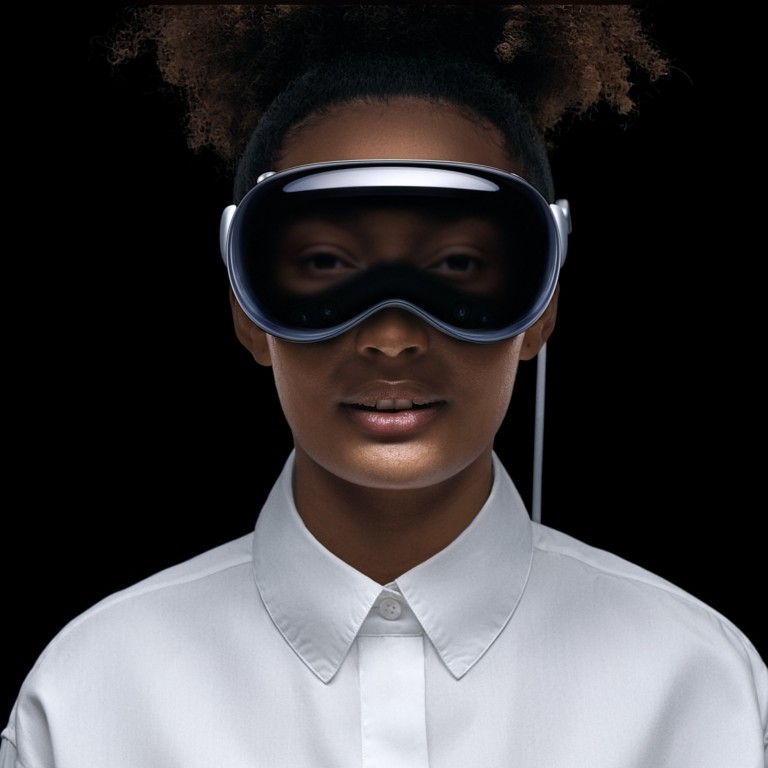
Apple’s Vision Pro is the best AR and VR mixed-reality headset on the market and represents the future of computing – even at US$3,499, this tech writer says
- Ben Sin was sceptical about the practicality or functionality of Apple’s new mixed-reality headset, but is completely sold after trying a demo unit
- While it’s an expensive piece of tech, he is not sure he can call it overpriced – and is seriously considering getting one when it goes on sale
Fifteen years ago, Apple introduced the iPhone and changed the world’s idea of what a mobile phone could be.
This week, Apple introduced its long-rumoured augmented reality (AR) headset that could perhaps do the same for a product category that has struggled to get off the ground, despite years of attempts by other tech giants such as Microsoft, Google and Meta.
I was sceptical about the practicality or functionality of Apple’s AR headset, named the Vision Pro, but after trying a demo unit in person for half an hour, I am completely sold.
The only thing keeping me from predicting mainstream success is its relatively high price tag of US$3,499. But I know anyone who gets to try it will want one.
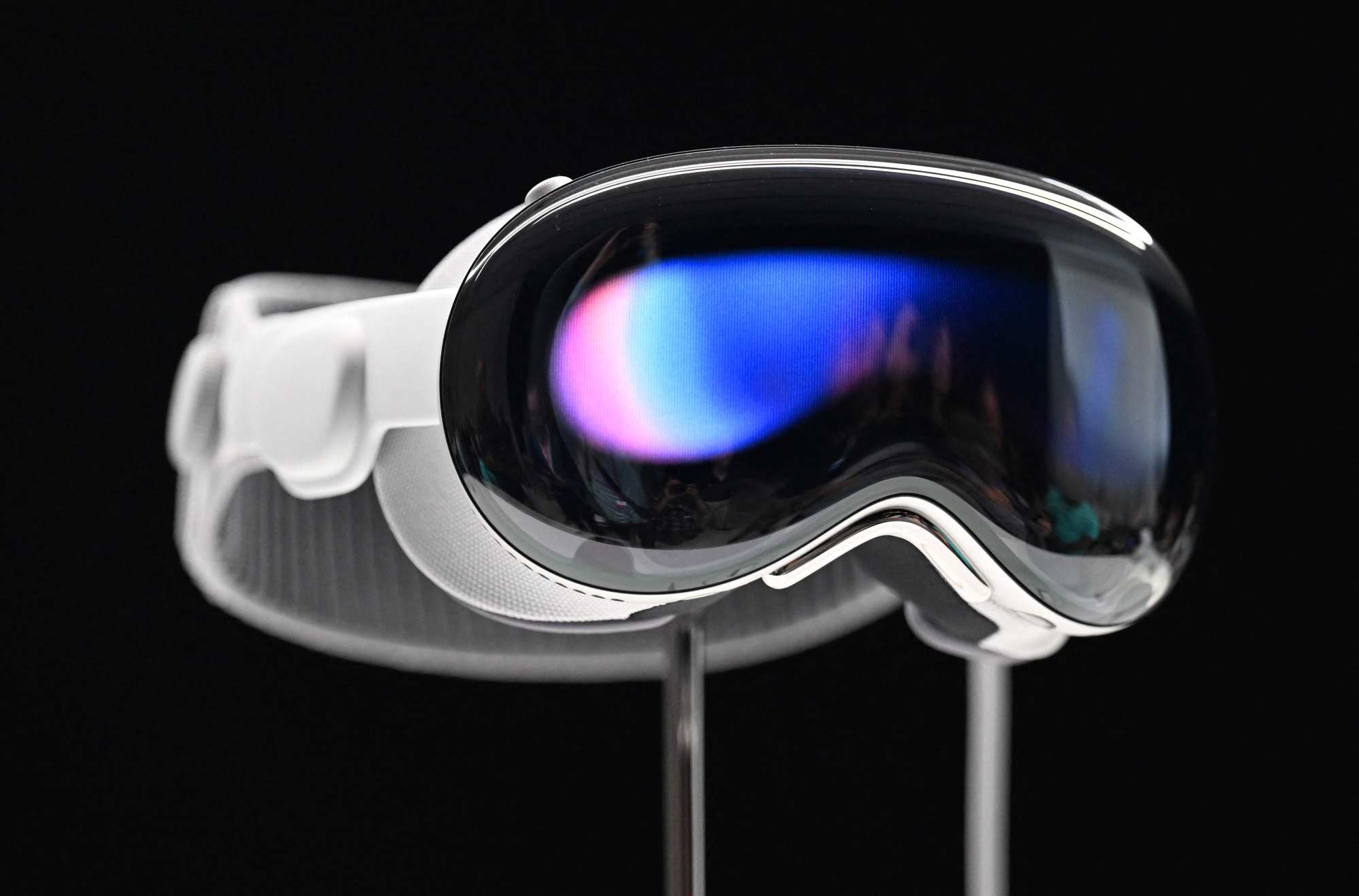
The Vision Pro is a bulky headset with an eyepiece resembling a ski visor. When I put it on, I can see through it to the real world in front of me.
But I’m not actually looking through the visor: instead I’m watching video footage, captured by the headset’s forward-facing cameras. The footage is relayed back to my eyes in real time via micro-OLED displays in each eye hole.
These displays are the size of a postage stamp, but pump out enough pixels (23 million in total) so that visuals can be blown up to cover my entire field of view and still look sharp.
Pixel 7a review: AI-enhanced photos, top selfie camera, decent battery life
The press of a button located at the top of the headset brings up Apple’s bespoke user interface (named Vision OS) that resembles an iPad home screen, with the grid of apps floating in front of the real world.
The headset also has a series of user-facing cameras and sensors inside the visor to track my eyes. This is to allow the first surreal experience: I navigate through the UI by looking at things with my eyeballs.
If I want to open an app in the top-right corner, I turn my eyes to the top right and look at the app icon. A subtle animation enlarges the icon to let me know I am currently “selecting” it. To actually open the app, I do a subtle hand gesture with my fingers – those forward-facing cameras can pick up hand movements.
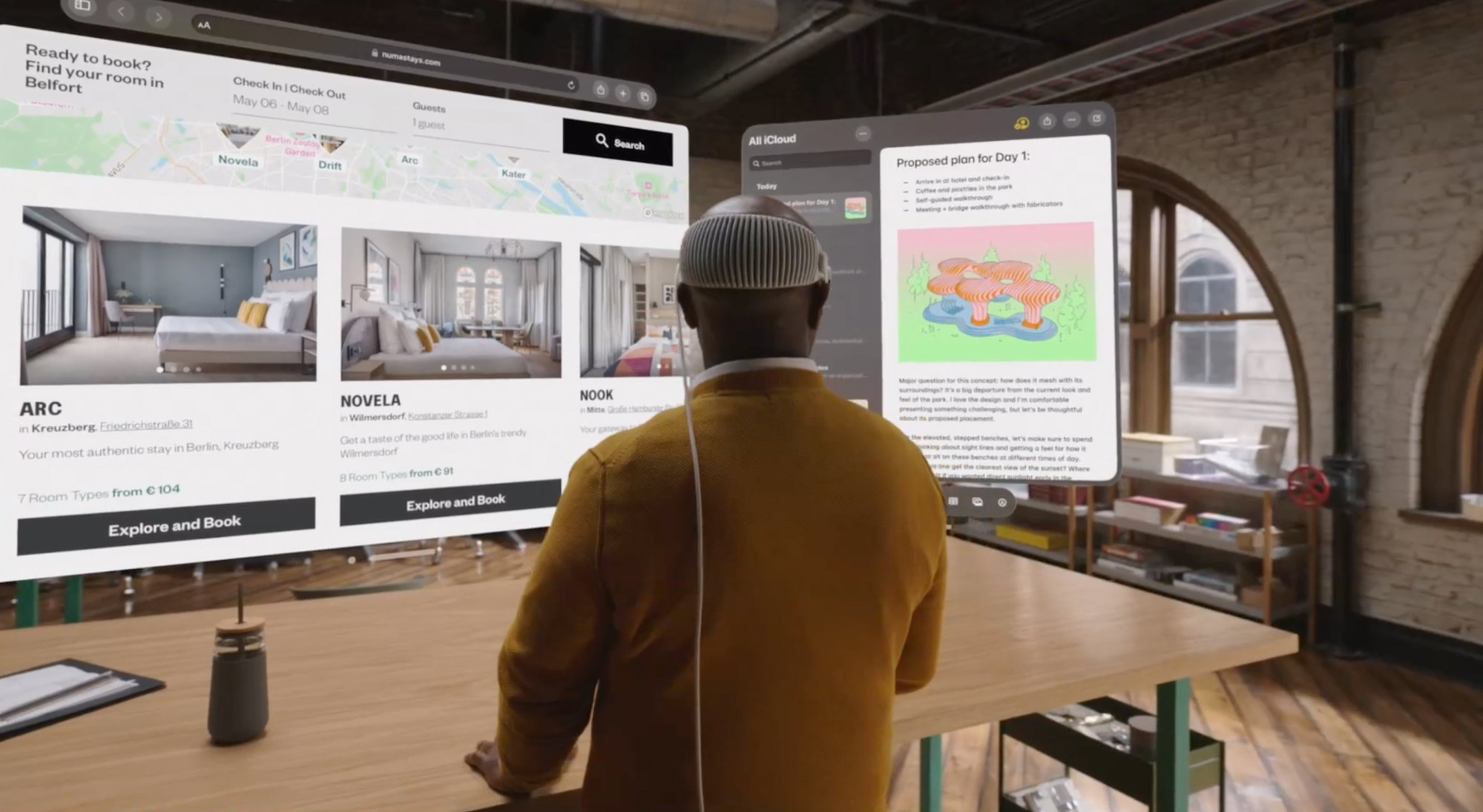
I have tried several mixed-reality headsets and eyewear that have attempted to incorporate hand gestures before, and they always felt awkward, requiring me to stick my arms straight out and do exaggerated motions. Not here: I can leave my arms by my side, out of my field of vision, and the Vision Pro’s cameras can still detect the gestures.
There’s little more than a split-second latency, so navigating the UI with my eyes and fingers feels natural.
The Vision Pro is being marketed as a “spatial computer”, and that’s an accurate description.
It has got its own processor (via two Apple chips, one of which is the M2 powering the latest Macs) and can work entirely stand-alone. Power is drawn from a small portable battery pack that connects to the headset via a USB-C cable.
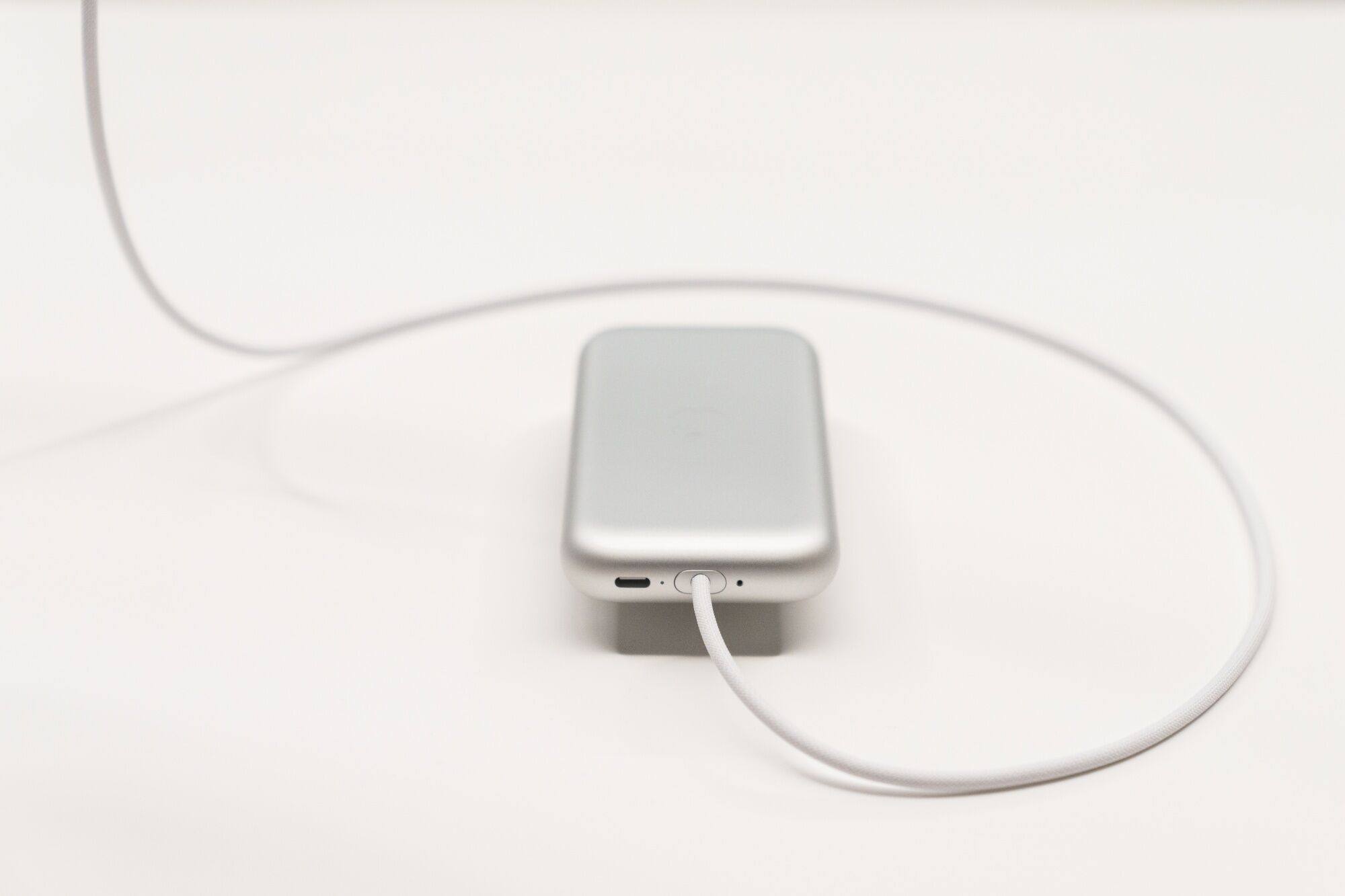
The software runs many Apple apps already on iPhones and Macs. During my demo session, I was able to look through photos and watch Apple TV video footage on the headset, and interact with the seemingly gigantic visuals floating in front of my face.
There are two speaker pieces with an open-ear design that broadcast immersive “spatial” audio – basically Apple’s term for 3D audio, meaning sounds being played from the right-hand side of a user’s field of vision window actually sound like they are coming from the right-hand side.
What was most impressive during the session was a series of panoramic 3D videos and graphics Apple shot just for the headset. It was the best virtual reality footage I have ever consumed.
In one clip, in which my entire field of view was showing the edge of a cliff, I genuinely felt my fear of heights kick in as I looked down. Another piece of footage had a 3D animated dinosaur jump into frame, and gave me a legitimate jolt.
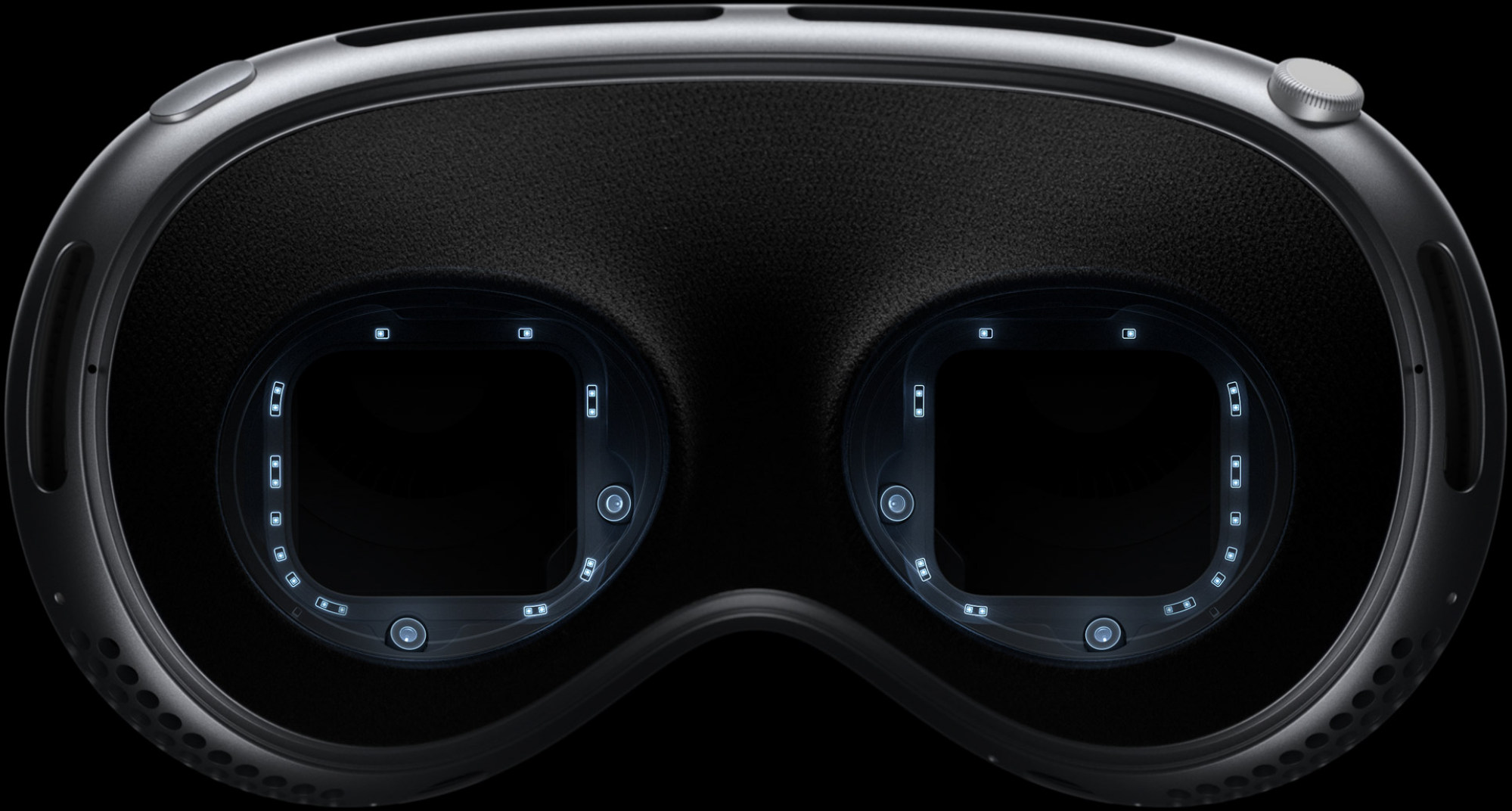
My time with the Vision Pro left my jaw dropped. It’s an expensive piece of tech, but considering how much groundbreaking technology is in it, I am not sure I can call it overpriced. And when it goes on sale, I will seriously consider getting one.
At the very least, the Vision Pro is the best VR headset and best AR headset on the market. But it can do more than that, because it’s also a stand-alone computer with its own display, processor, speaker, software and input mechanics.
It has me convinced it’s the future of computing.
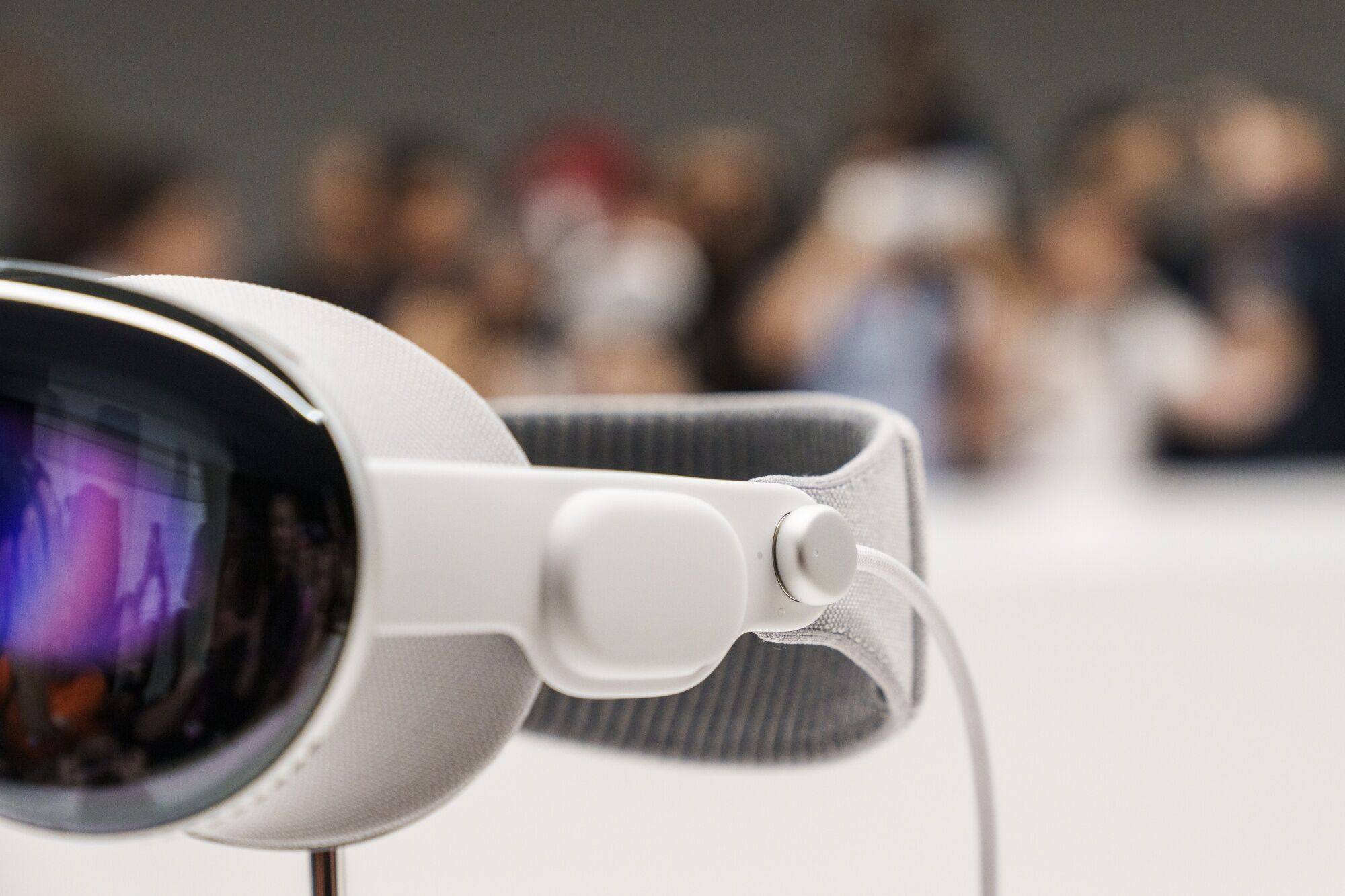
The Apple Vision Pro will go on sale in the US in early 2024 priced at US$3,499; Hong Kong availability has not been officially confirmed.

